Emirates actively pushes to expand seat capacity on the high-demand India-Dubai route. However, the airline faces restrictions due to an outdated bilateral agreement that caps weekly flights at 65,000 seats. This agreement has remained unchanged since 2015, despite the massive rise in international air traffic.
As Indian aviation rebounds quickly, Emirates sees a crucial opportunity to meet rising passenger needs. The airline already serves nine major Indian cities and plans to increase frequency and options. Yet, the bilateral cap prevents this growth, limiting the number of travelers who can fly to Dubai or onward to global destinations.
Currently, demand far exceeds available seats. In addition, Indian passengers are flying more than ever, especially to global hubs like Dubai. The city also acts as a critical connection point for travel to Europe, the Americas, and Africa. Therefore, Emirates wants to add flights and offer smoother connections to match this demand.
Dubai remains a key stopover for both leisure and business travelers from India. Consequently, Emirates aims to capitalize on this growing trend by pushing for a flexible policy framework. More flights would mean improved schedules, greater passenger satisfaction, and stronger competition.
Moreover, India’s growing middle class and appetite for international experiences make this route highly valuable. Emirates understands this trend and continues to invest in better service and expanded reach. A revision in the agreement would enable the airline to scale services, strengthen its market share, and boost regional air connectivity.
Since the demand for international flights from India keeps increasing, Emirates wants to lead this momentum by unlocking capacity restrictions. Ultimately, the airline believes timely policy updates will benefit the entire travel ecosystem between the two nations.
Related stories:
Catch up on the top stories and travel deals by subscribing to our newsletter!

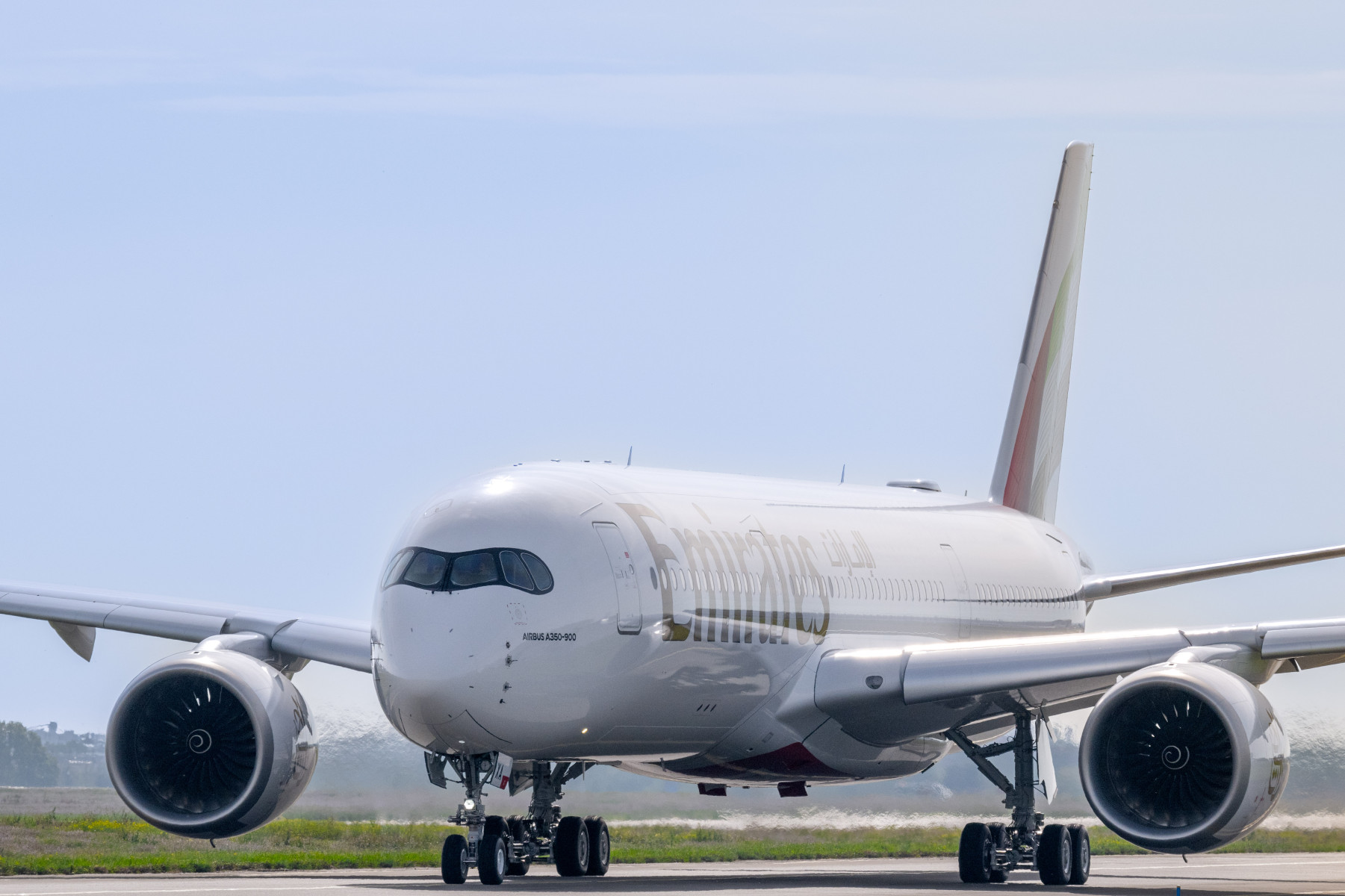

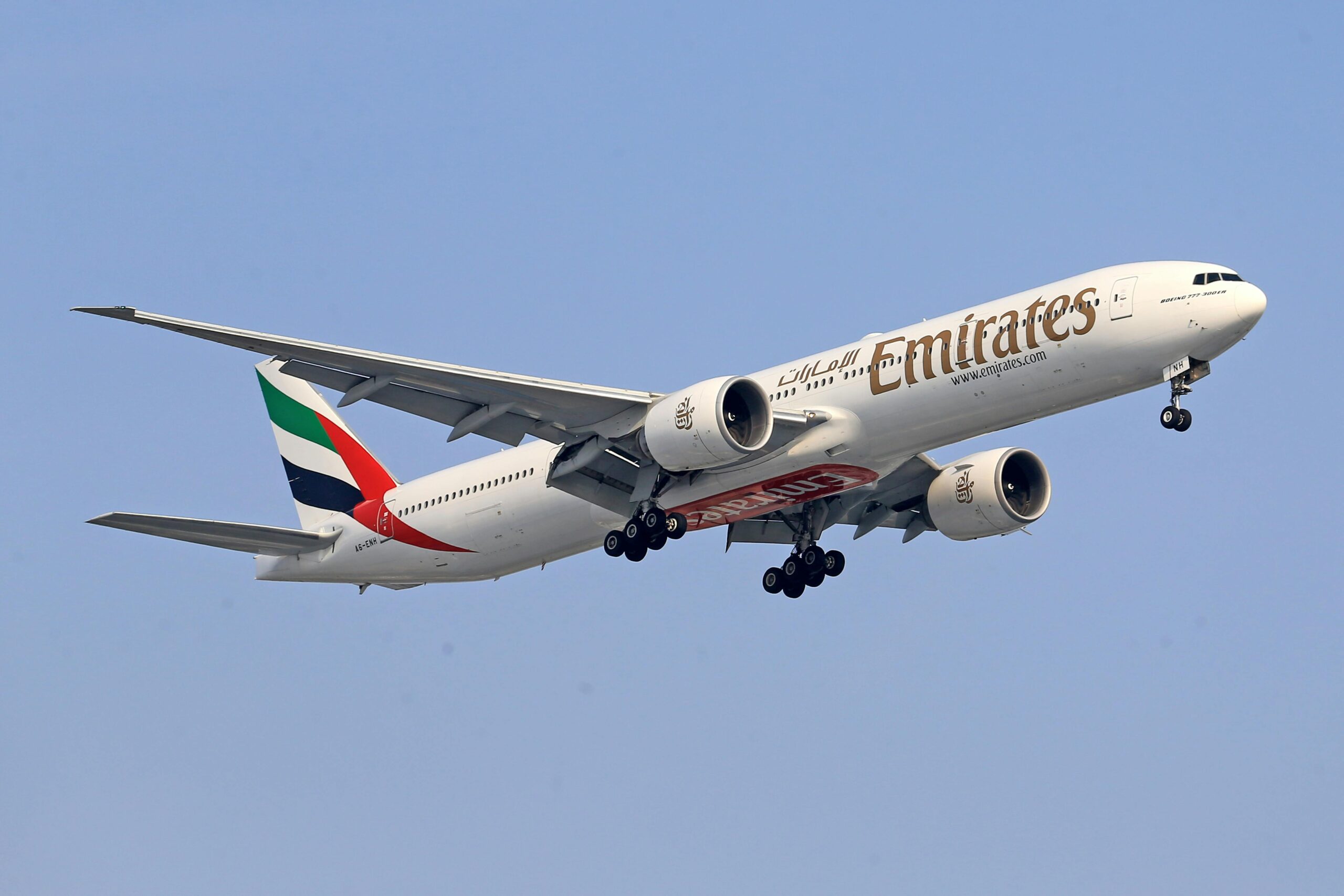
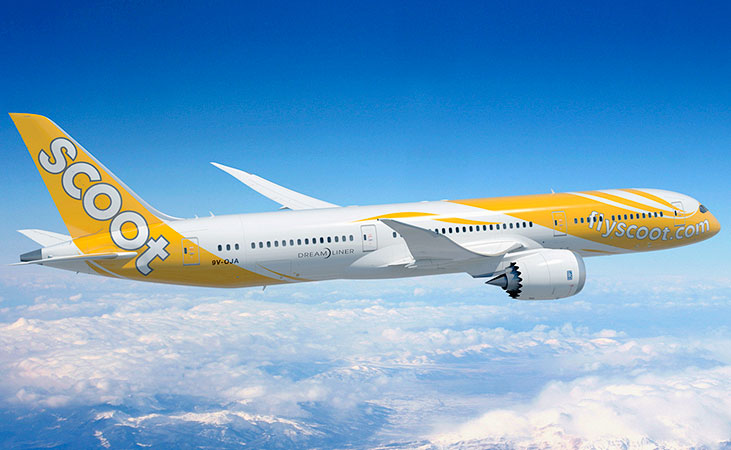
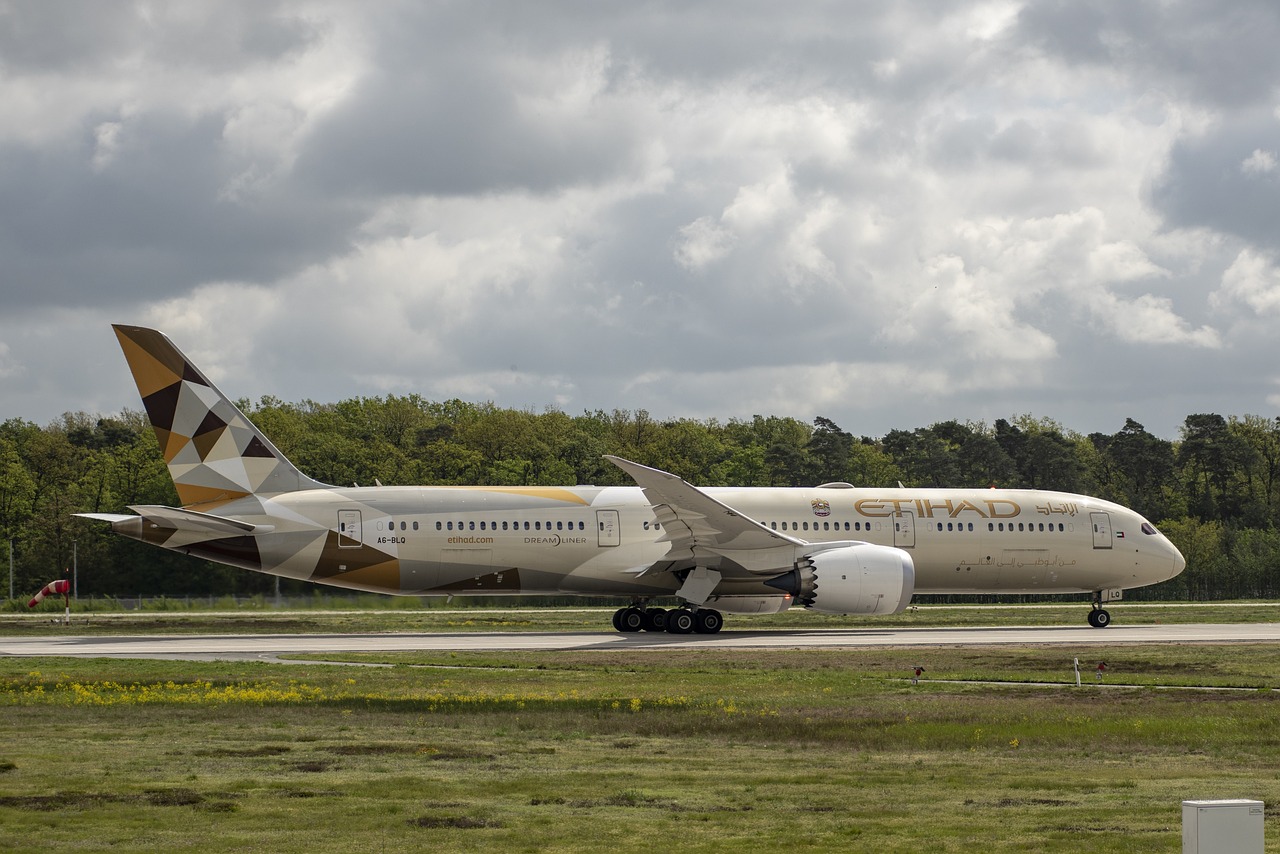

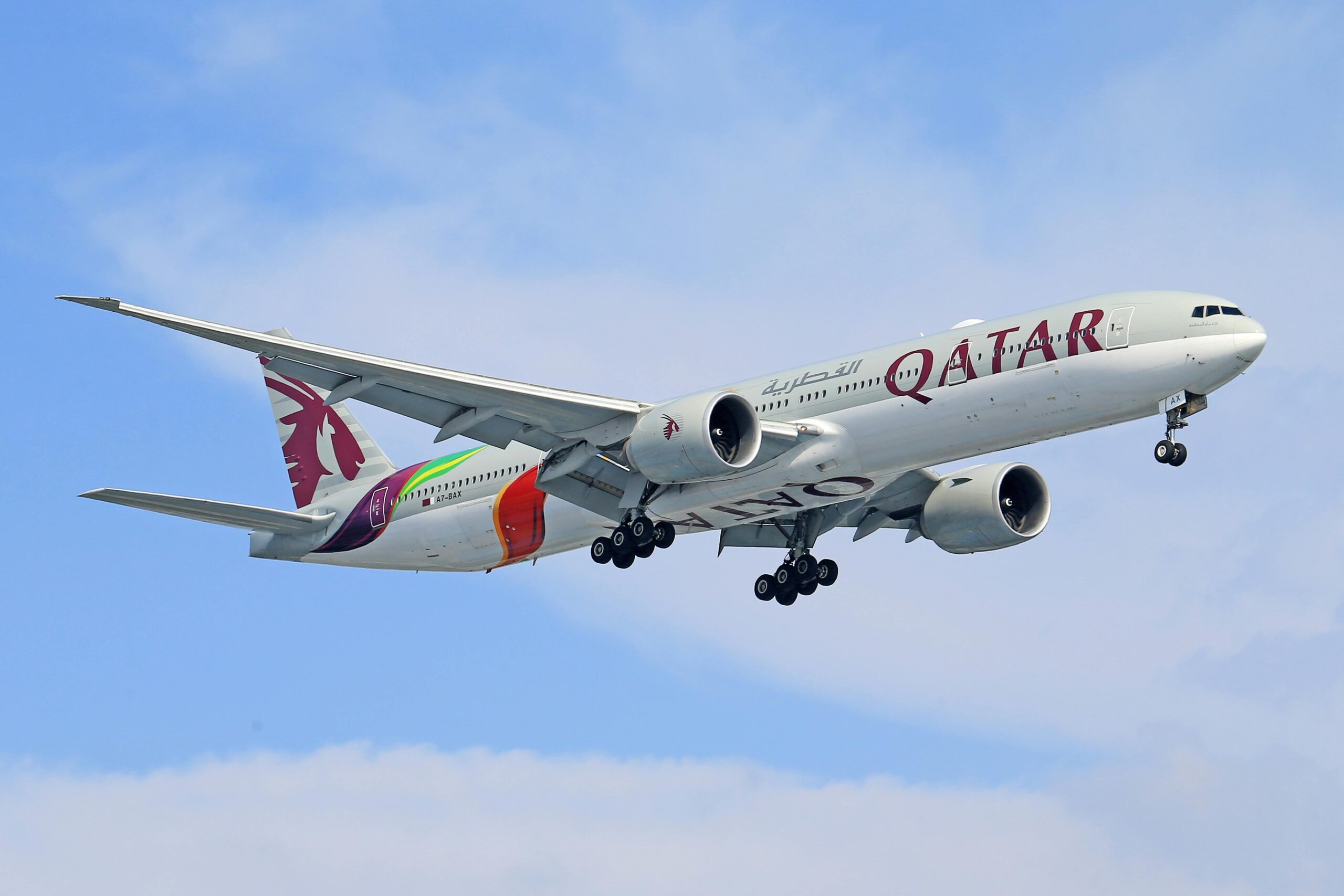

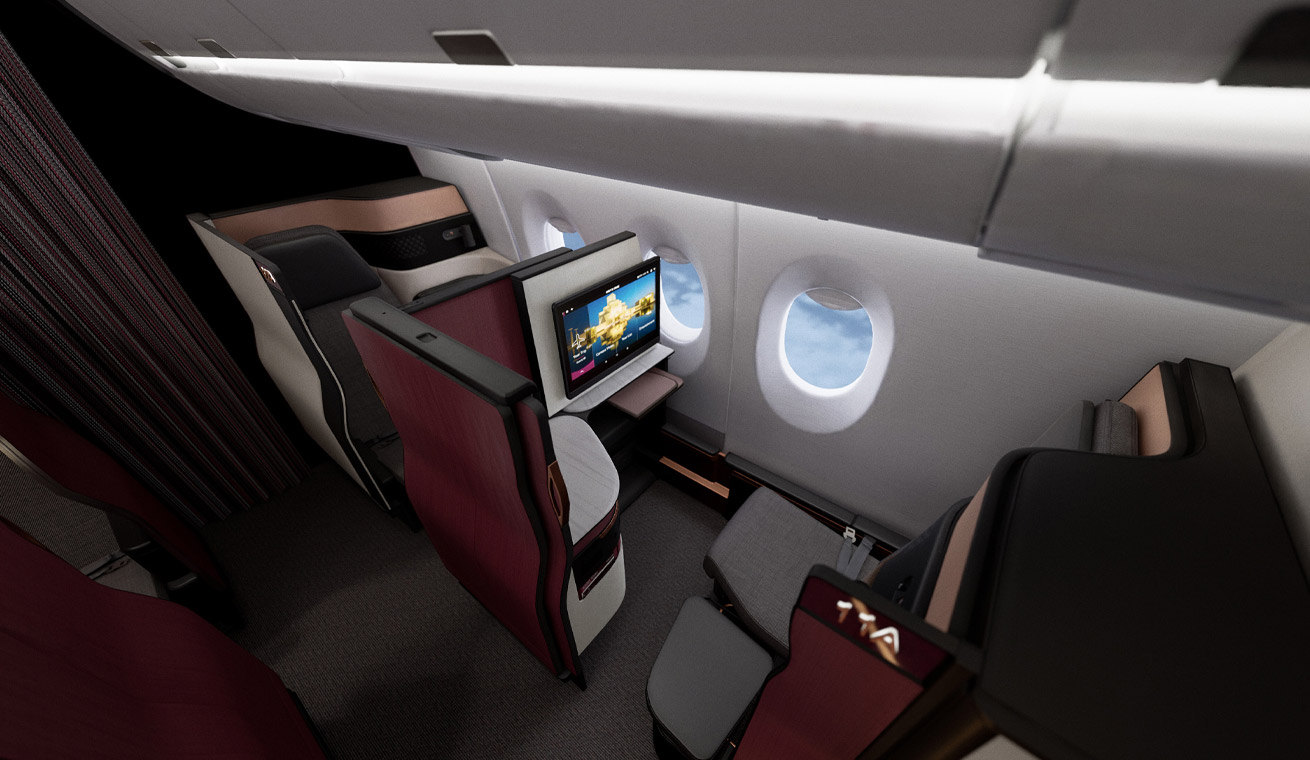
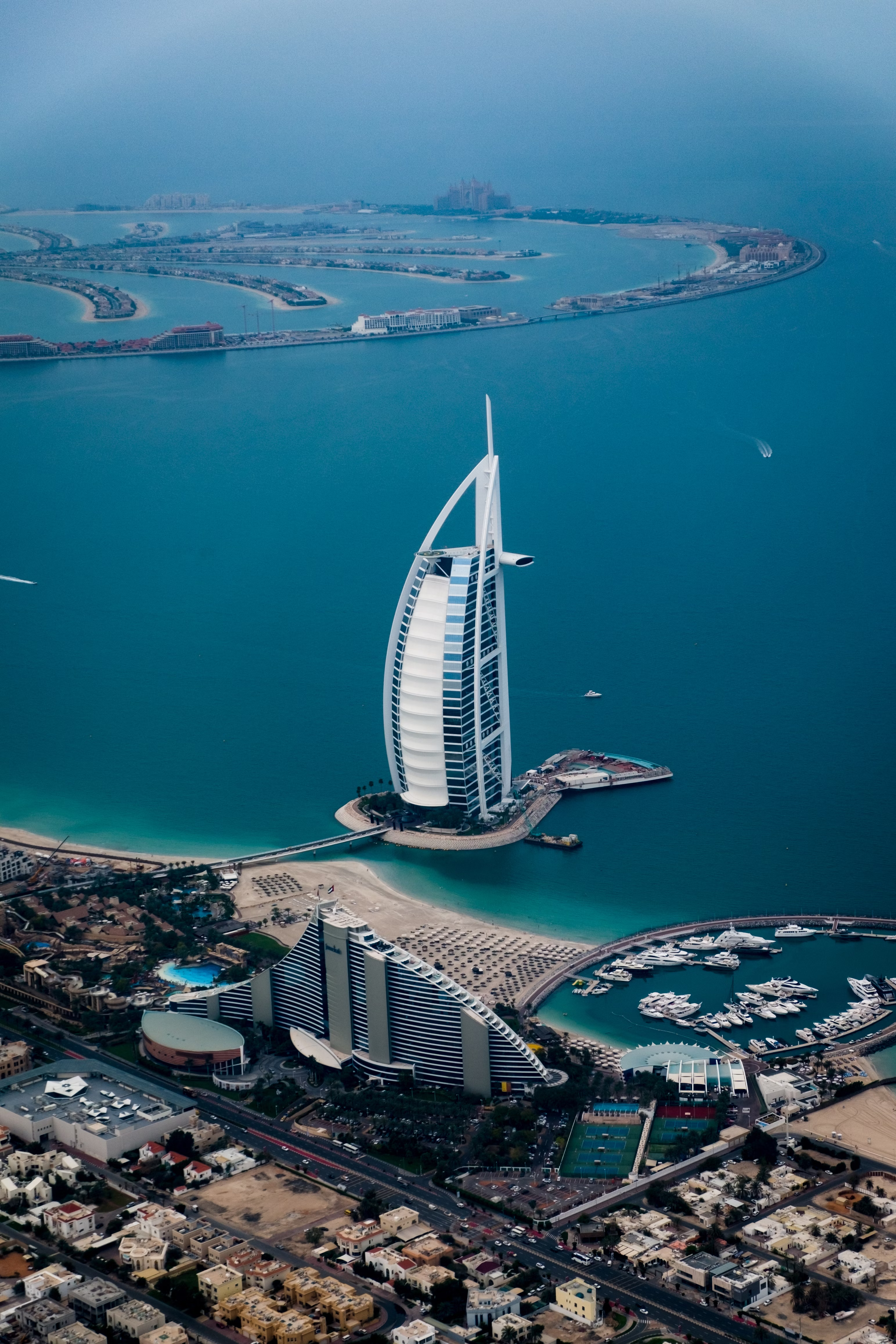
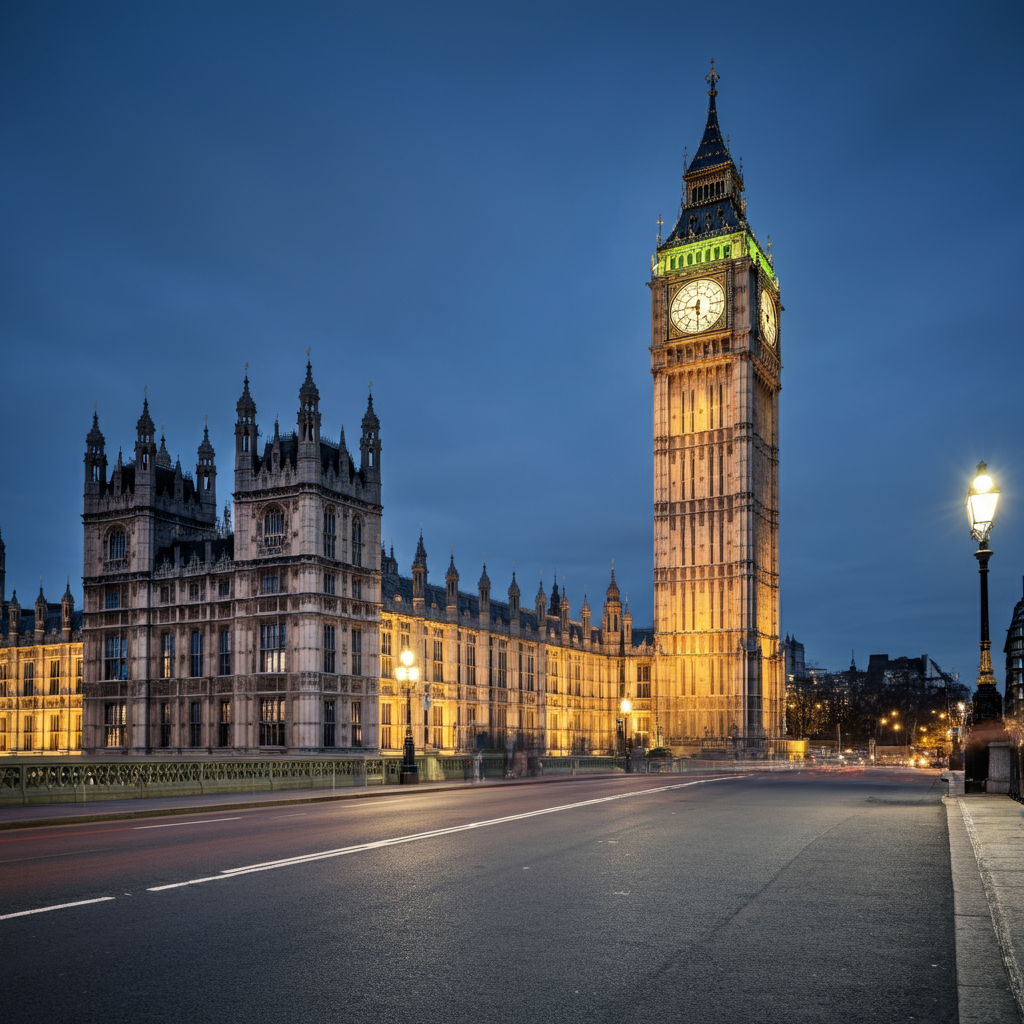
Leave a Reply